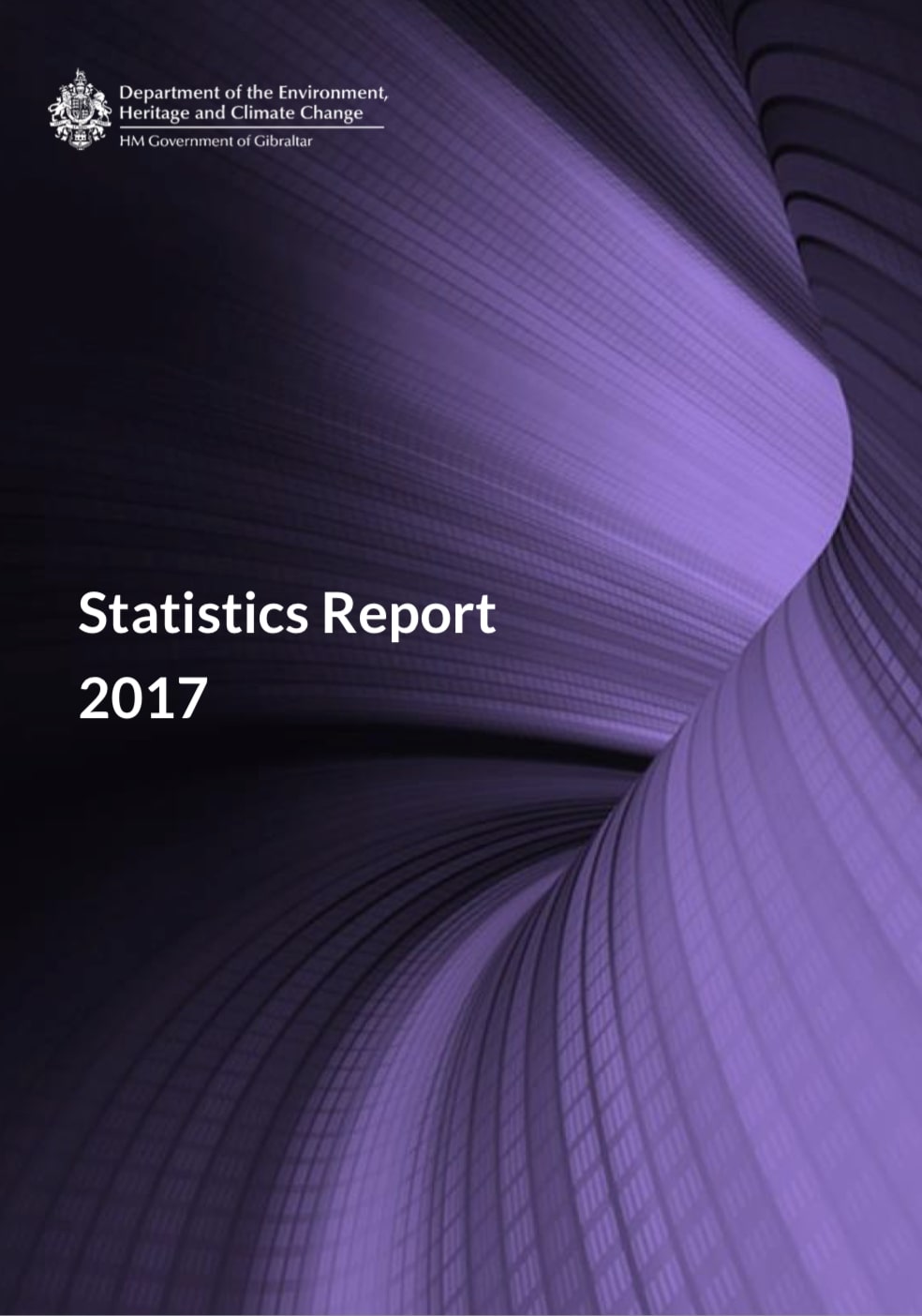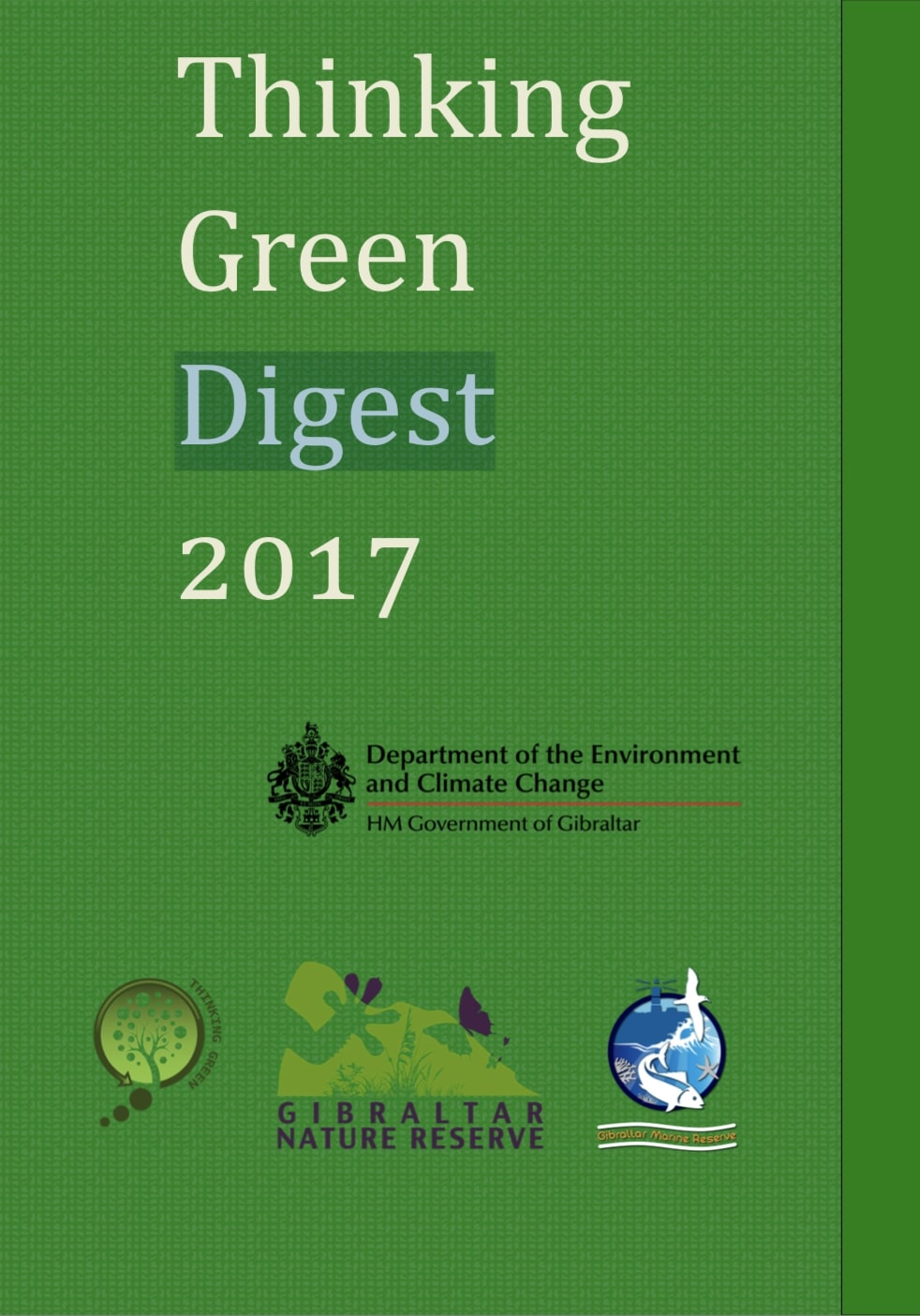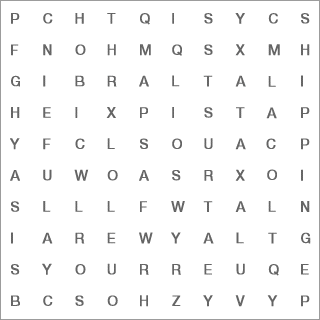Mar 07 - Government Publishes 2017 Environmental Report
 The Government says it has published its environmental reports for 2017. The report is composed of two parts: an easy to read summary of the Department’s activity during the year called the "Thinking Green Digest", and the 2017 Statistics Report.
The Government says it has published its environmental reports for 2017. The report is composed of two parts: an easy to read summary of the Department’s activity during the year called the "Thinking Green Digest", and the 2017 Statistics Report.
This provides information on air and water quality, natural resources and waste.
A statement from the Government follows below:
The downward trend overall in the amount of pollutants in the air over the past decade was maintained in 2017. All values were compliant with EU requirements, except for one. The only exception for the year was nitrogen dioxide at Witham’s Road, which was up from 2016 but still below 2015 levels. Occasional use of the south district power plant may have contributed to this. It is expected that the full decommissioning of the South District power stations, due to be completed this year, will reduce NO2 levels in 2019. Elsewhere, the nitrogen dioxide levels recorded in the non-automatic network while up in some sites in comparison with 2016, were well below 2014 levels, and show a continuing overall downward trend.
Bathing water quality remained excellent for the period, with pollution incidences at Western Beach down from the previous year.
In relation to nesting birds (data supplied by GONHS – the Gibraltar Ornithological & Natural history Society), eight pairs of peregrine falcons raised 12 young between them, so while it is disappointing that four pairs did not successfully fledge young, the overall numbers align with the average for recent years. Of serious concern was the drastic drop in pairs of Lesser Kestrel, once a common species, which was down to one pair in 2017, and was on the point of local extinction as a nesting species. This species is in decline throughout Europe, and is subject to mortality in its African winter quarters, as well as to loss of feeding habitat across the border in the La Linea and San Roque area. A captive breeding programme by GONHS supported by the Department of the Environment will attempt to restore the numbers in coming years.
In the area of waste, it is notable that the amount of refuse continued to decline, while recycling rates continued to increase to the highest levels ever, with paper and cardboard seeing the most notable increase.
Minister for the Environment and Climate Change John Cortes said: “This is the kind of factual information that we need to allow us to plan improvements in our environment. I am very pleased that the overall improvements in the different parameters that we have seen in recent years are maintained and that only one was in excess of EU limits, one that we should be able to resolve at least in part with the new power plant. We do, however, still have a good deal of work to do on achieving the standards that I want our community to have, but the improvements are real and significant. In respect of air quality, traffic reduction and onshore power for visiting ships are now the priority and we are working on both. There is less to do on water quality in relation to microbiology other than at Western Beach. In the world of our native wildlife, work to restore depleted populations must continue. We now need to concentrate too on additional improvements such as making progress in renewable energy such as solar and in energy efficiency, where we are also seeing results. I am pleased to say that a preliminary look at 2018 figures, that are still being analysed, suggests that the improvements continue.”
The report is compiled by the scientific team of the Department of the Environment & Climate Change and can be accessed via the links below:
Thinking Green Digest - https://www.gibraltar.gov.gi/new/sites/default/files/HMGoG_Documents/20180101-TG-Digest- 2017-FINAL.pdf
Statistics report 2017 - https://www.gibraltar.gov.gi/new/sites/default/files/HMGoG_Documents/20190306- TG_Stats_Report_2017_Final.pdf

{fcomment}
Latest News
- Commencement of Part 2 of the Register of Property Occupation Act
- Autumn Poetry Competition 2025
- Youth Symposium Returns from Impactful Visit to Morocco
- Cultural Education Continues to Promote Gibraltar’s Art
- The Budget 2025 – Deputy Chief Minister’s Address
- Acquarius Trust Company Limited Announces Completion Of Management Buyout; New Ownership Poised To Continue Growth Plans
- VSB Limited Responds To Government Statement
- Gibraltar NASUWT Welcomes Public Sector Pay Increases
- Unite’s Reaction to the Chief Minister’s Budget Address “Mainly Positive”
- Statement on Section 66 Proceedings Regarding Victoria Stadium Tenancy



